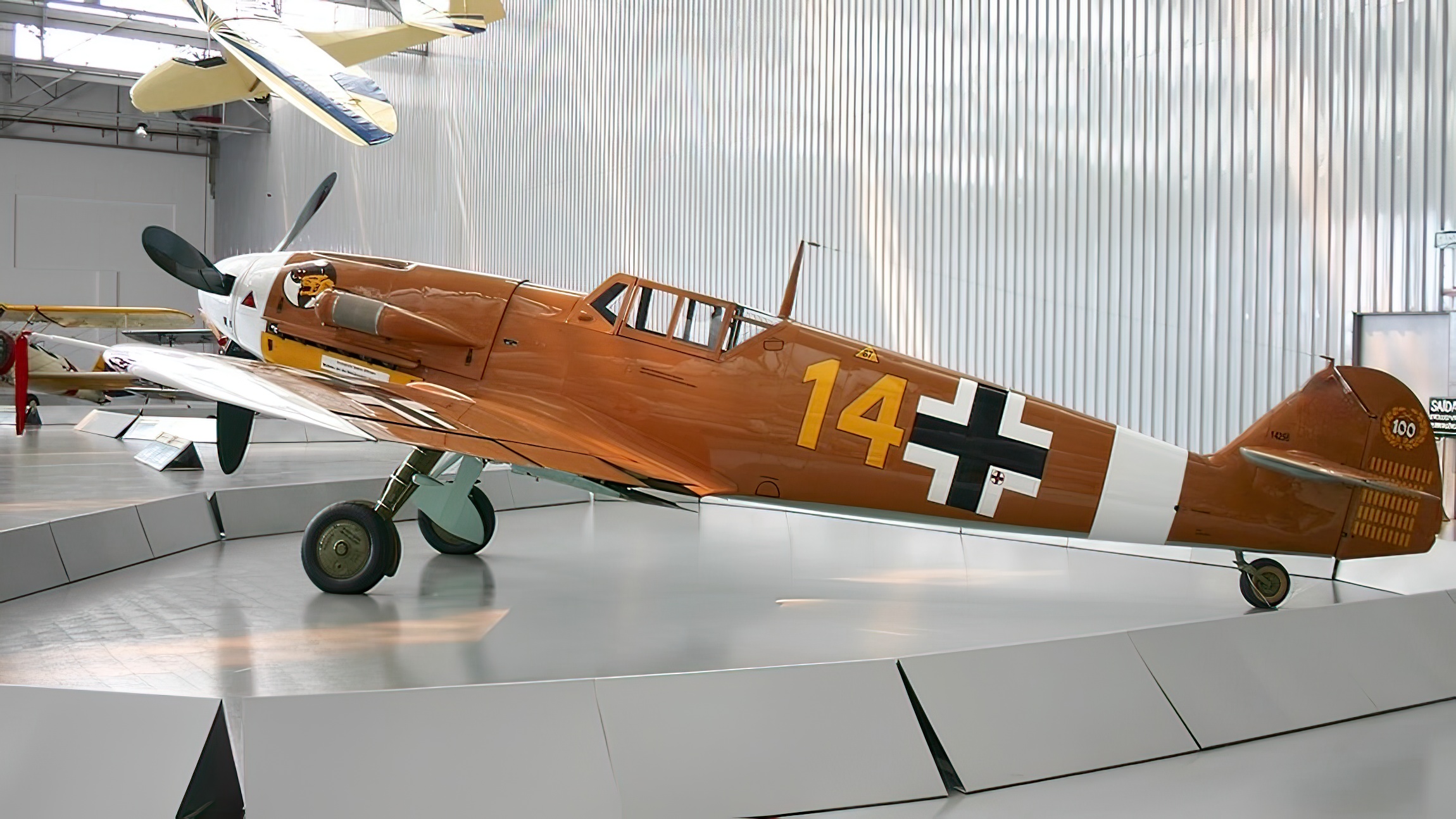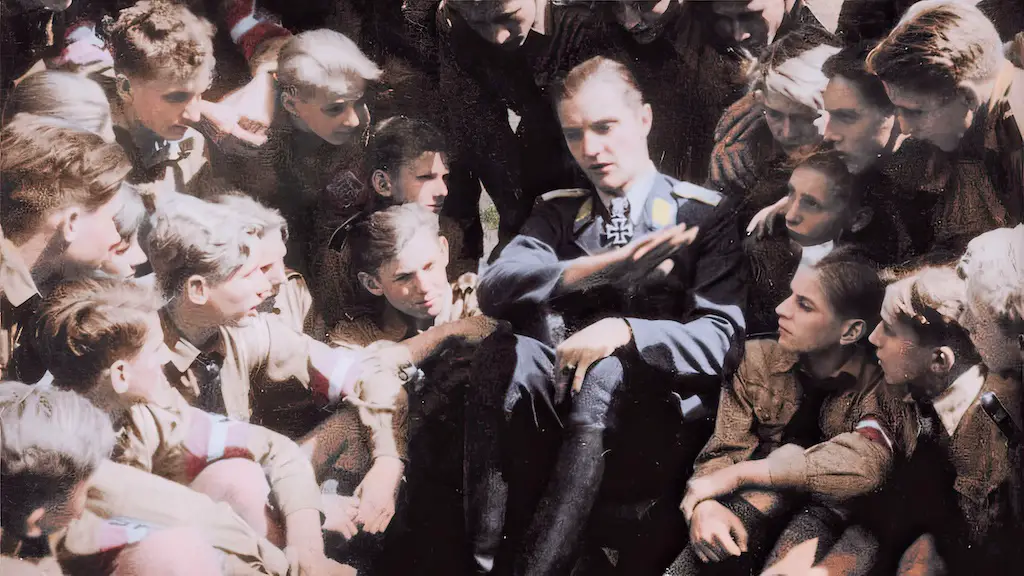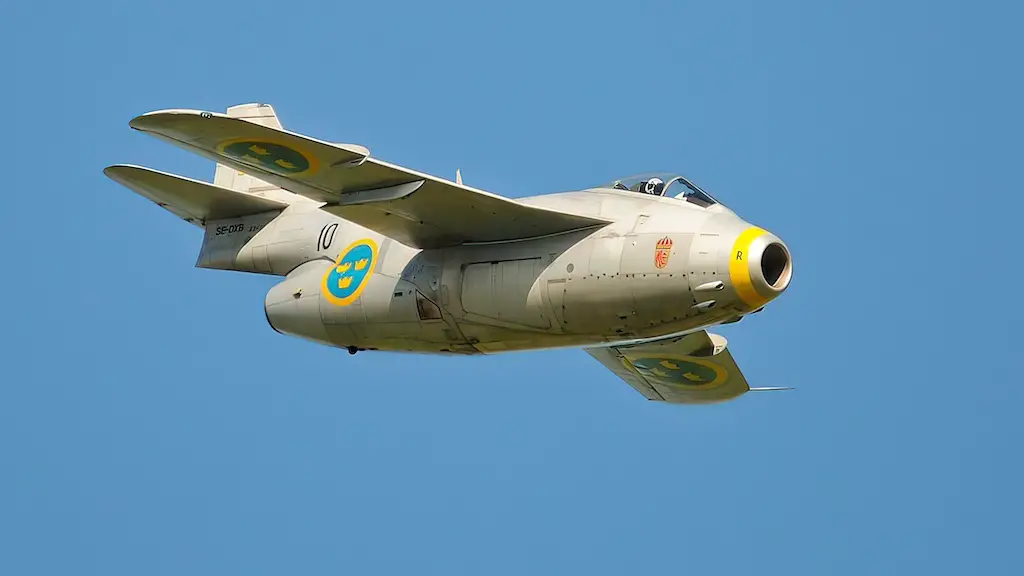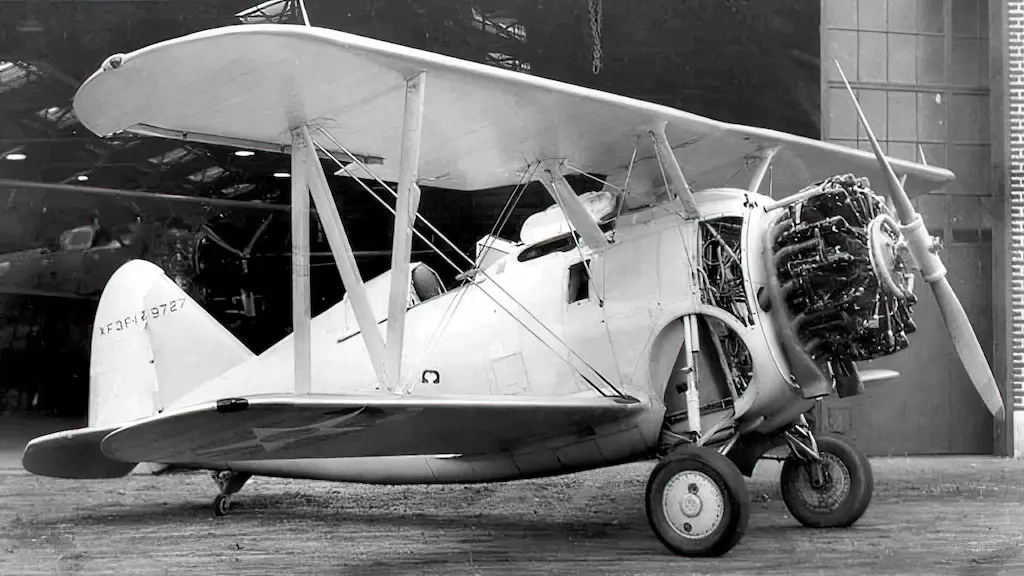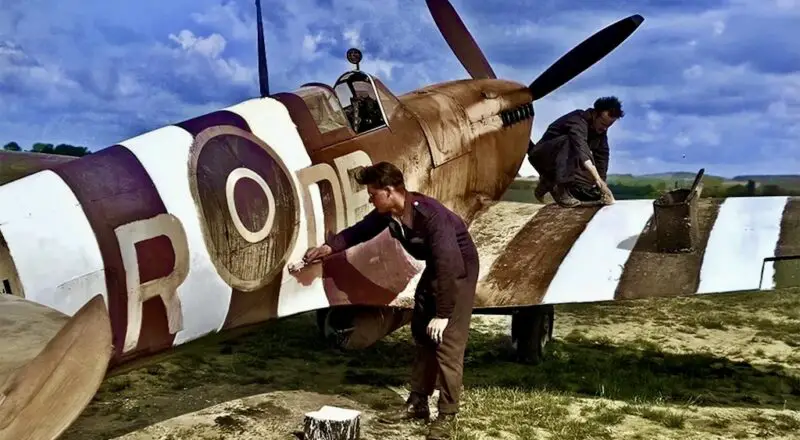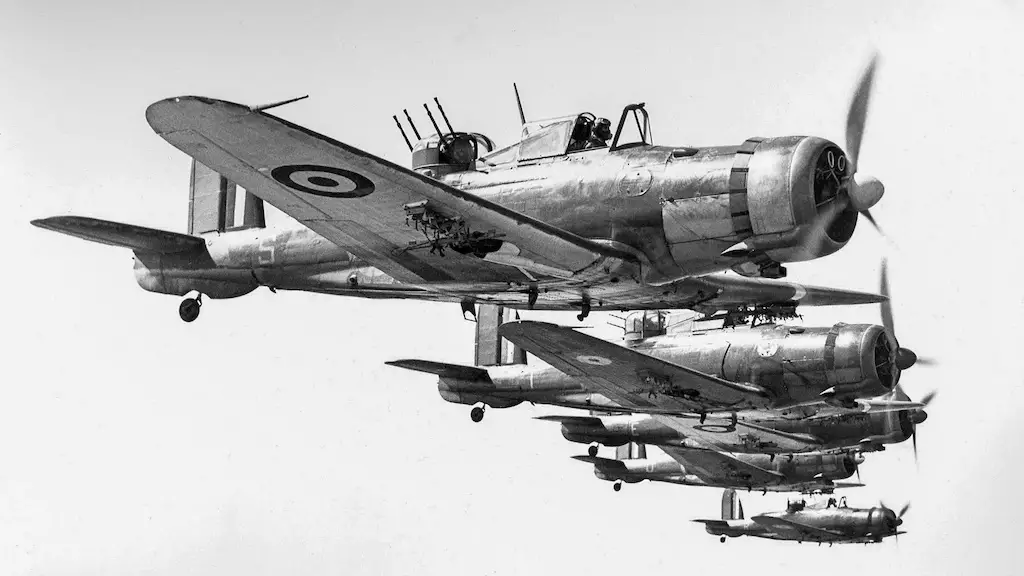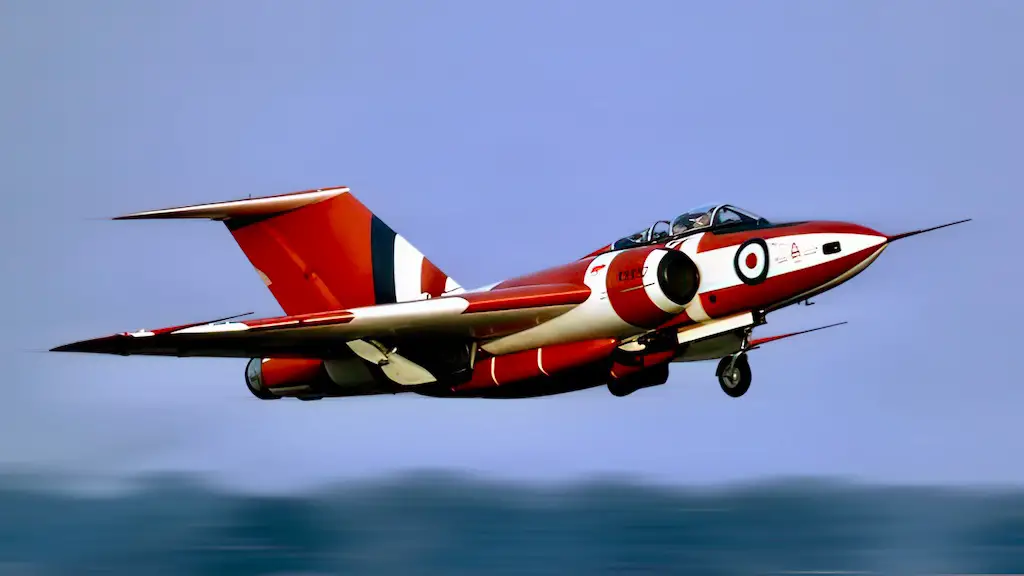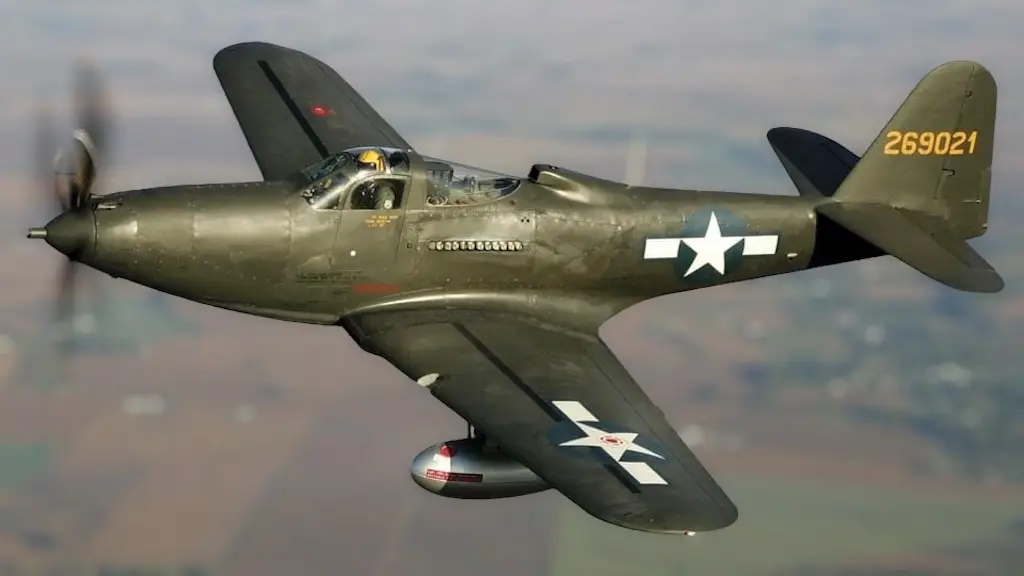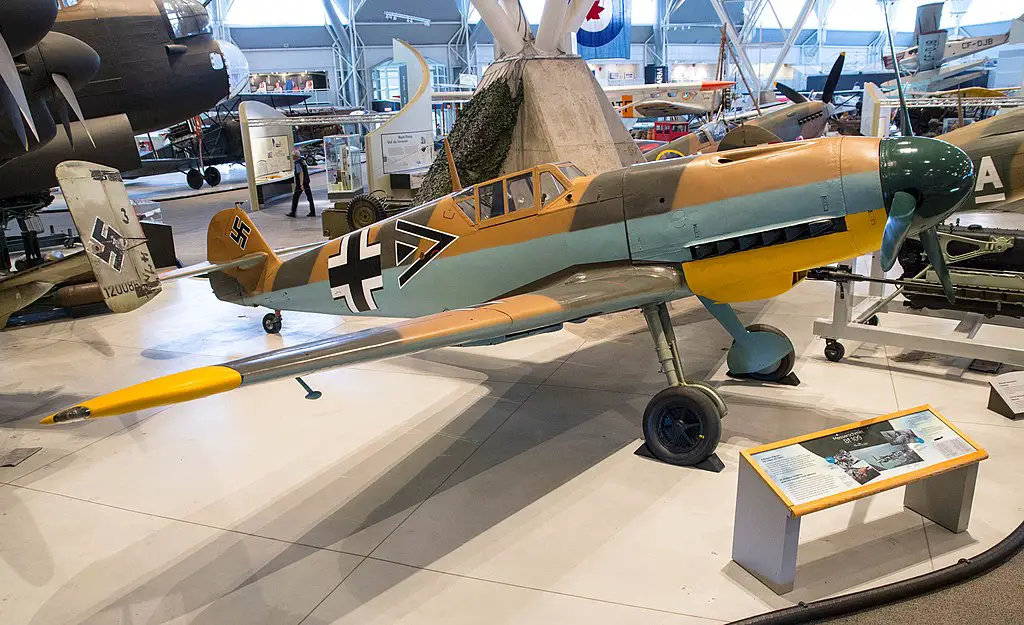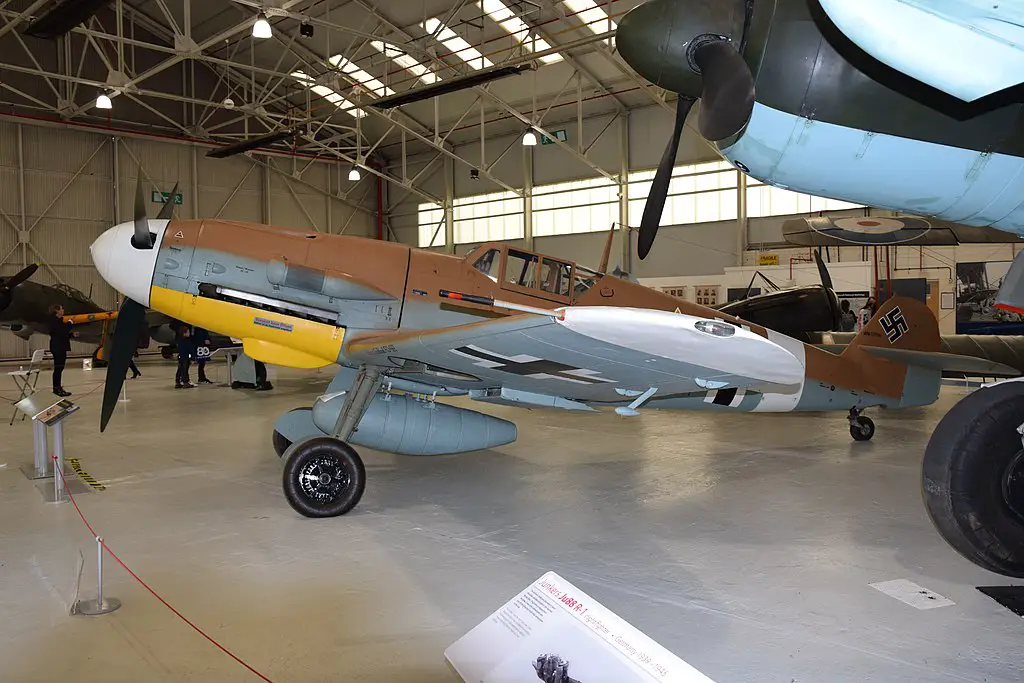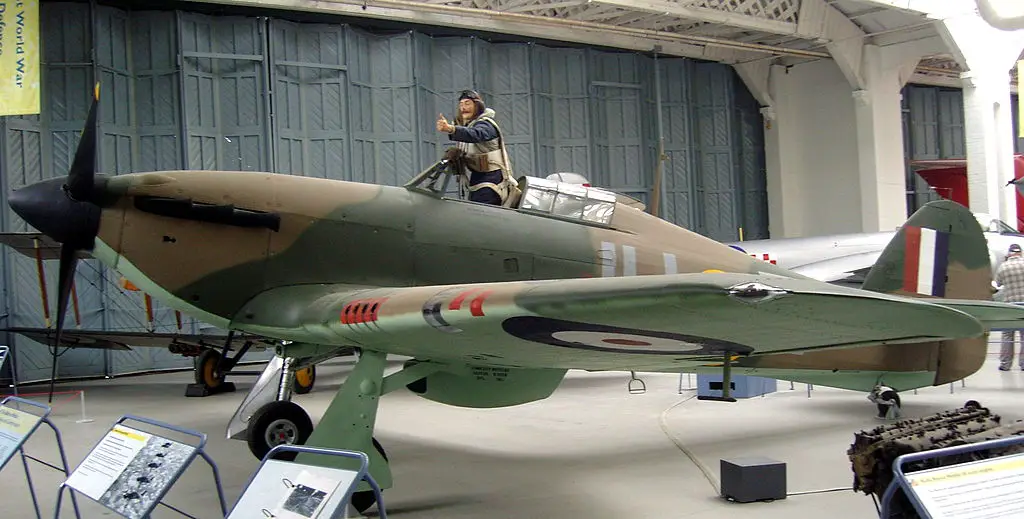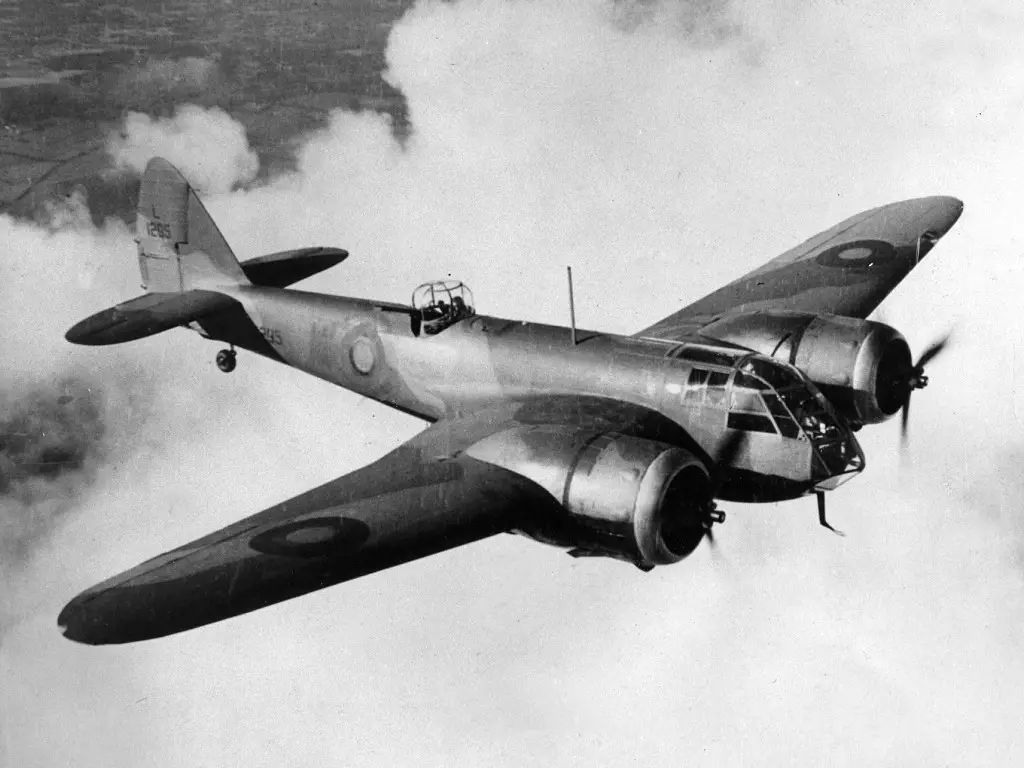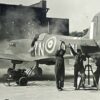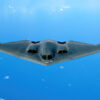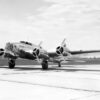There’s an intriguing phenomenon in wartime: even amidst animosity, fierce rivals can respect and admire each other. Hans-Joachim Marseille was one such figure, revered by contemporaries, and even Luftwaffe titans like Erich Hartmann and Gerhard Barkhorn. While they surpassed Marseille in kill counts, both considered him superior in skill. The argument? While the eastern front pilots took on novice Soviet aviators, all but 7 of his 158 claimed victories were against the British Desert Air Force over North Africa. No other pilot claimed as many Western Allied aircraft as him.
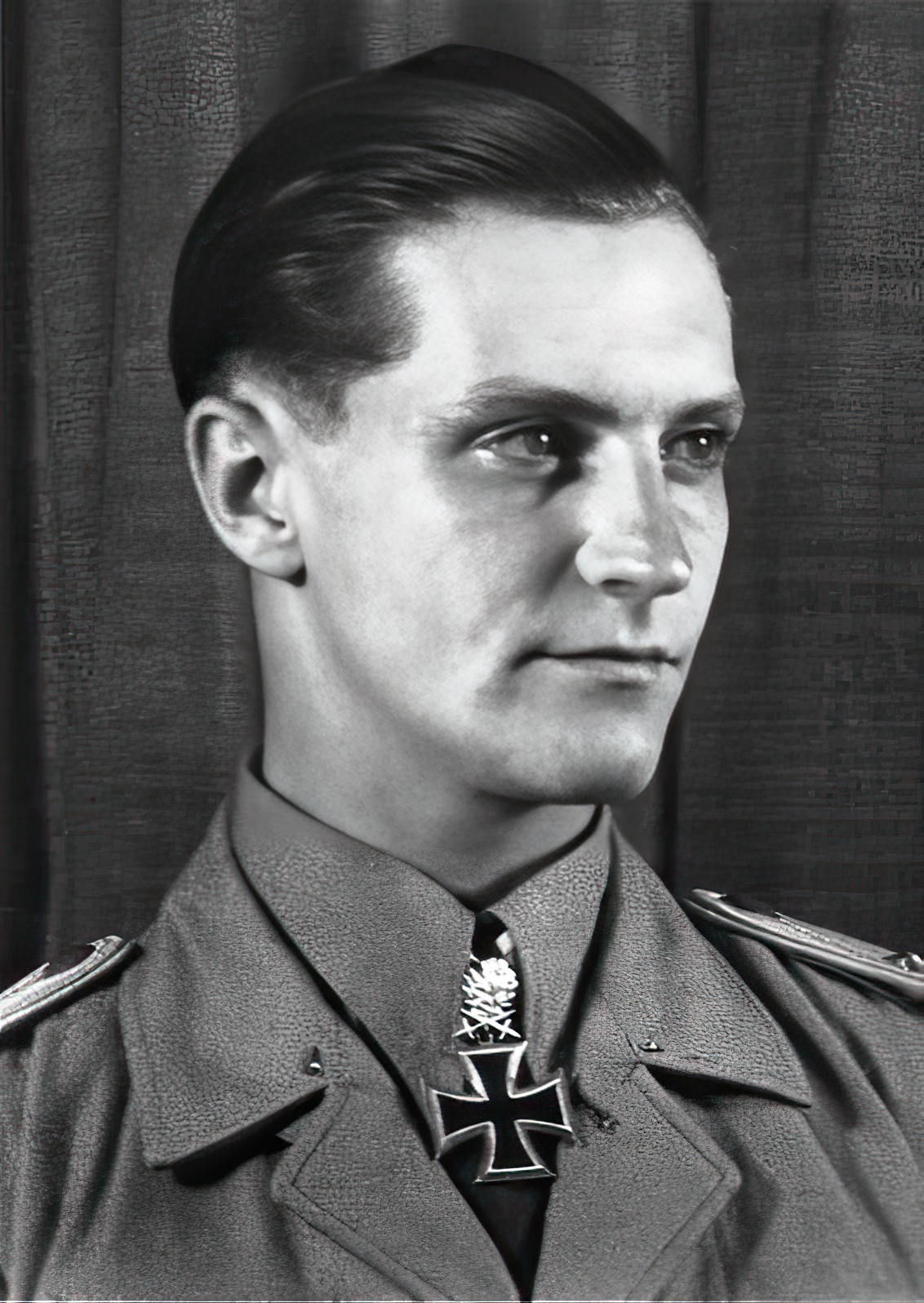
Childhood in Berlin
Born into a family with deep-seated paternal French roots, young Marseille hailed from a lineage of duty and service. His father, Hauptmann Siegfried Georg Martin Marseille, had once valiantly served as an Army officer during World War I, later trading his military uniform for the blue of the Berlin police force.
In the midst of Berlin’s bustling avenues, Hans-Joachim’s childhood was marred by challenges. Physically frail, he grappled with a severe bout of influenza that nearly claimed his life, highlighting his vulnerability in his formative years. As shadows of personal upheavals loomed, his parents’ marriage crumbled, leading to a divorce. The aftermath saw his mother, Charlotte, remarrying a police official named Reuter. This union momentarily swayed young Marseille’s identity, as he adopted the Reuter surname during his school years, grappling with the complexities of his evolving family dynamics. However, as he approached adulthood, a sense of rootedness called out to him, prompting him to reclaim the Marseille legacy, a name that he would eventually etch into the annals of history.
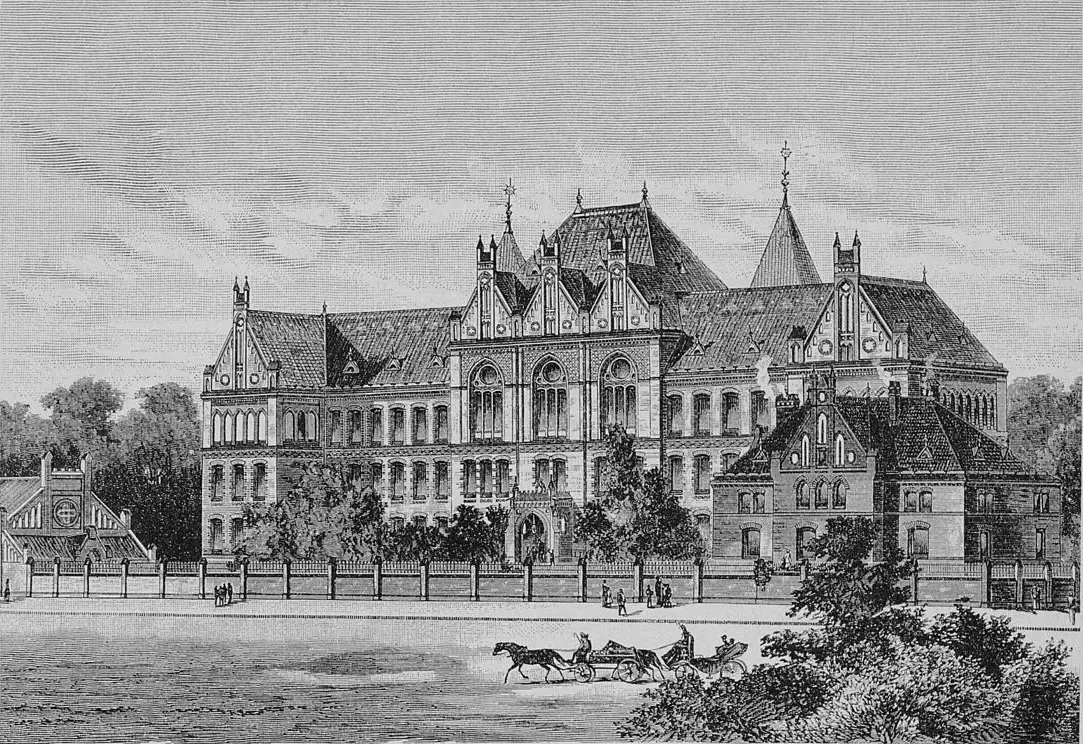
The Luftwaffe Beckons
By the late 1930s, the atmosphere in Germany had shifted drastically. The country, under Nazi rule, was rapidly militarizing, and the call for young men to serve the nation became more pressing. In 1938, drawn by a mix of national sentiment and an irresistible allure of the skies, Marseille enlisted in the Luftwaffe. His decision to join wasn’t purely out of political conviction but also a personal drive to test his limits and seek new horizons.
His transition from street-smart Berliner to disciplined pilot wasn’t smooth. At flight school, Marseille grappled with the rigors of military discipline and the technical nuances of flying. Initial assessments deemed his performance subpar, with frequent disciplinary issues and struggles in mastering the aircraft. However, beneath the layers of youthful rebellion lay a reservoir of talent and resilience. With time, he began to find his rhythm, adapting his inherent rebelliousness into an unconventional flying style. Challenges that initially seemed insurmountable turned into stepping stones, as Marseille transformed his weaknesses into strengths.
By the onset of World War II, the boy from Berlin had metamorphosed into a formidable pilot. His wings, though earned through trials and tribulations, were a testament to his indomitable spirit and relentless pursuit of excellence. As Europe’s skies darkened with warplanes, Hans-Joachim Marseille was ready, not just to participate, but to leave an indelible mark.
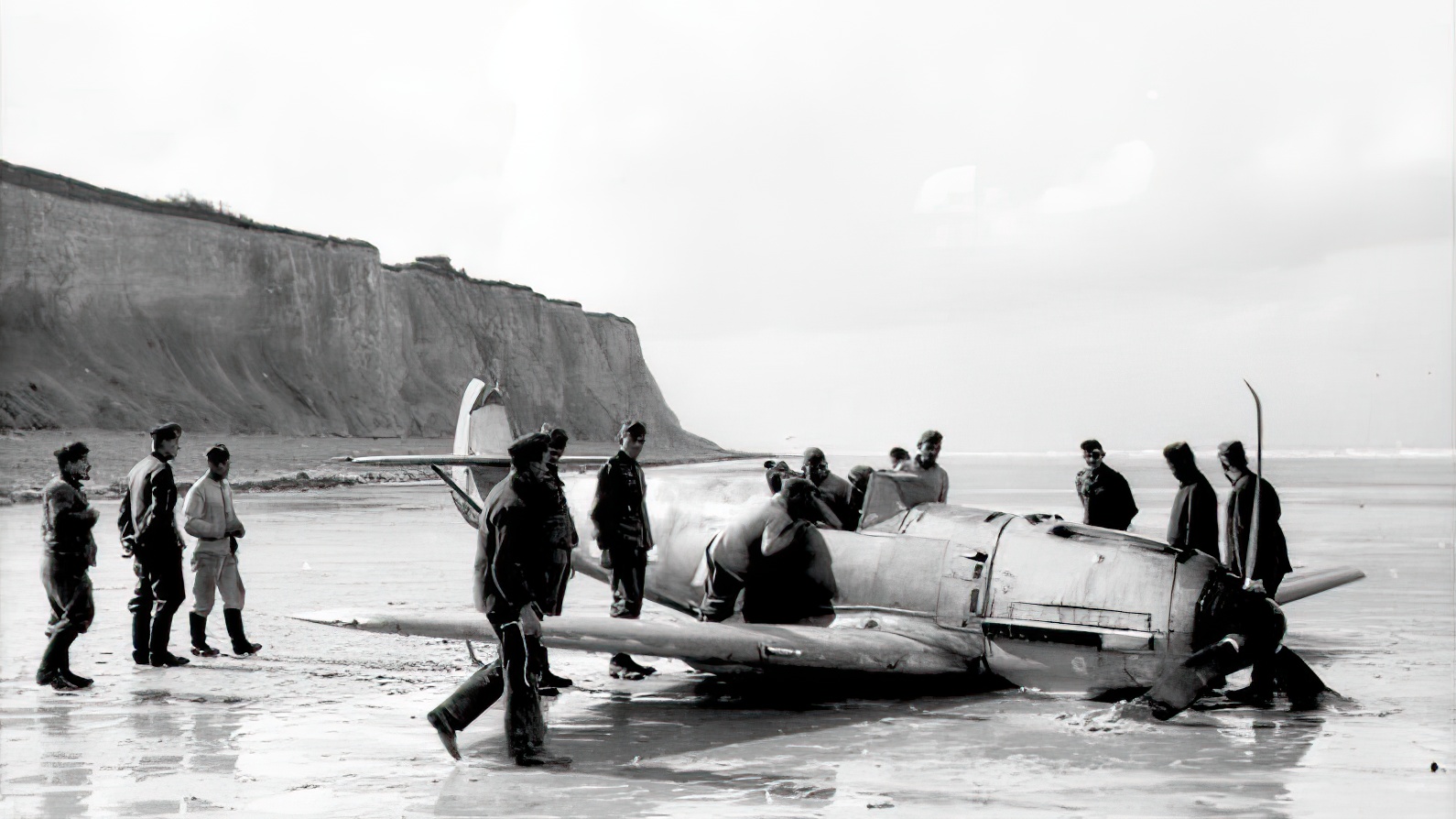
Marseille’s Inaugural Victory Over English Skies
The skies over England on 24 August 1940 were a swirling chaos of aircraft, a battleground where the fledgling talents of Hans-Joachim Marseille would first truly be tested. Taking the controls of his Messerschmitt Bf 109 E-3, Werknummer 3579, Marseille found himself locked in a tense dogfight that would last four gripping minutes.
His opponent was no novice; the skilled British pilot matched him maneuver for maneuver. However, Marseille’s understanding of aerial dynamics gave him the edge. Executing a tight chandelle, he gained a crucial altitude advantage, allowing him to position his aircraft into a steep dive. With precision and poise, he unleashed a barrage of fire. The rounds found their mark, striking the engine of the British fighter. Damaged and uncontrollable, the aircraft tumbled, eventually disappearing into the depths of the English Channel. As the waves claimed the downed fighter, the skies bore witness to Marseille’s maiden victory.
![Hans-Joachim Marseille standing next to one of his aerial victories, a Hurricane Mk IIB, possibly of No. 213 Squadron RAF, February 1942.[47] There may be sufficient remains on the code to identify it as a No. 274 Squadron RAF aircraft](https://www.jetsprops.com/wp-content/uploads/2023/09/Bundesarchiv_Bild_101I-440-1313-03_H._J._Marseille_mit_abgeschossener__Hurricane_.jpg)
Marseille in Africa
Upon being deployed to the arid expanses of North Africa post their brief involvement in the invasion of Yugoslavia, Hans-Joachim Marseille faced immediate challenges. On 20 April 1941, a technical malfunction forced his Bf 109 E-7 to make an emergency landing in the desert, stranding him miles away from his squadron. Resourceful and tenacious, Marseille hitchhiked on an Italian truck, attempted to find a plane at an airstrip, and eventually charmed a General into lending him his car — an Opel Admiral. With a jovial challenge from the General to repay the favor with fifty victories, Marseille was reunited with his squadron by 21 April.
Despite his initial setbacks, it wasn’t long before he tasted success. He claimed two victories by the end of April, marking his introduction to the North African campaign. However, these victories were not without their costs. On 23 April, his aircraft was riddled with bullets from the guns of Sous-Lieutenant James Denis, a skilled Free French pilot. Narrowly escaping death, Marseille crash-landed near Tobruk. In a dramatic twist, Denis would again best Marseille a month later in another dogfight, with Marseille having to crash land once more.
Between these battles, Marseille showcased his predatory prowess by downing a Bristol Blenheim, with a Polish soldier recounting how the Blenheim, pursued by Marseille’s Messerschmitt, plunged into the sea. Yet, his audacious tactics often led to Marseille’s aircraft being critically damaged, causing frustration among his superiors. Eager to refine his skills, Marseille embarked on a self-devised training regimen, honing his deflection shooting and tactical awareness. By September 1941, his relentless efforts bore fruit as he claimed four Hurricanes in a single sortie. As 1941 drew to a close, with new aircraft at their disposal and 25 victories under his belt, Marseille’s star was undoubtedly on the rise.

The Star of Africa
Hans-Joachim Marseille, with his blinding speed, instinctual aerial prowess, and unyielding determination, rose rapidly through the ranks of legendary fighter pilots. Marseille’s dedication to enhancing his physical stamina and unique beliefs, such as drinking excessive amounts of milk and avoiding sunglasses to improve his vision, set him apart from his peers. Despite the Allied pilots’ defensive tactic of flying in “Lufbery circles,” which presented significant challenges for enemy attackers, Marseille consistently defied the odds. Displaying unmatched audacity, he would dive at breathtaking speeds into the very heart of these formations, executing swift turns and firing deflection shots to annihilate enemy aircraft. By early 1942, his victories became so frequent and significant that he earned the prestigious Knight’s Cross of the Iron Cross for his remarkable tally of 46 aerial triumphs.
Marseille’s combat style was emblematic of his individuality and mastery. Often choosing to attack under conditions deemed unfavorable by others, his impeccable marksmanship allowed him to approach swiftly and dodge the retaliatory fire of protective aircraft. This prodigious ability was credited to Marseille’s extraordinary eyesight, which gave him the upper hand by spotting adversaries before they could spot him.
His unorthodox methods of engagement, such as working alone and keeping his wingman at a safe distance, were born out of a desire to reduce friendly fire incidents in the vastness of the North African skies. His tactical maneuvers, particularly when dealing with Lufbery circles, were revolutionary. Rather than adhering to traditional procedures, Marseille would adjust throttle settings or even deploy landing flaps mid-air to achieve tighter turn radii. His success was not merely a testament to his flying skill but also his holistic understanding of air-to-air combat. His reputation and tactics became legendary, earning him the moniker: “The Star of Africa.”
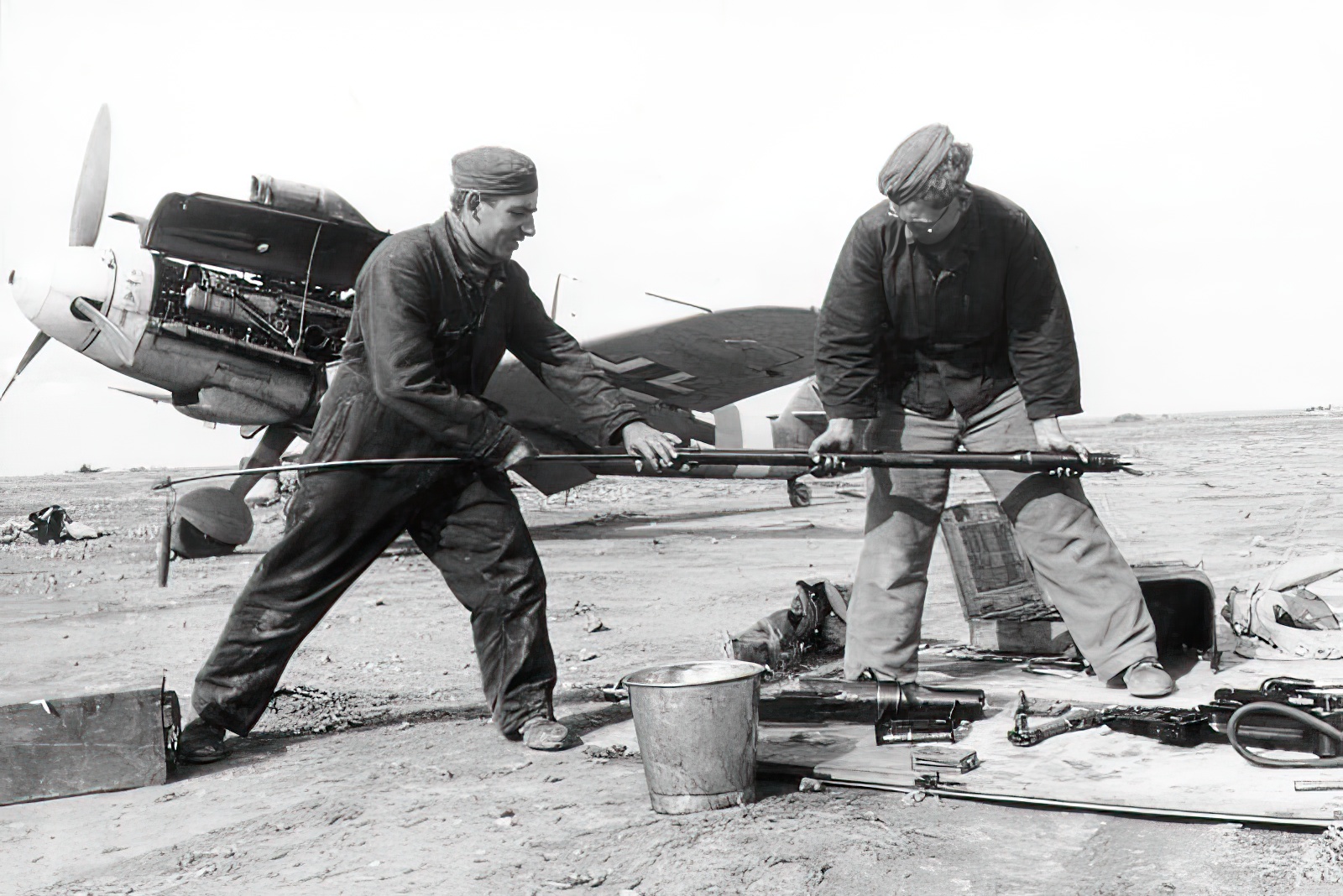
Marseille’s 17-Kill Streak
On the 1st of September 1942, as dawn’s early light spread over the North African deserts, Hans-Joachim Marseille took to the skies, unaware that the day ahead would etch his name deeper into aviation legend. His Messerschmitt Bf 109, adorned with the distinct heart symbol, was a part of a significant sortie, aiming to challenge the British Desert Air Force that had been contesting the skies over the region.
The day began as any other, with routine patrols and dogfights. But it was during Marseille’s first sortie that he showcased his unmatched skill. In a series of masterfully executed maneuvers, he downed multiple British fighters in rapid succession. By the time he returned for refueling and rearming, he had already claimed a commendable number of aircraft, setting the tone for the day.
Post his initial successes, Marseille didn’t relent. As the sun climbed higher and the desert below turned into a furnace, the skies witnessed an aerial dance of death. Employing tactics he had perfected over countless battles, Marseille used the sun to his advantage, diving and striking from angles that left his adversaries with little chance. By noon, the tally was astonishing. The British Desert Air Force, though formidable, found in Marseille a nemesis that seemed unstoppable that day.
As the sun dipped below the horizon, casting long shadows over the sands, Marseille’s record for the day was set: 17 aircraft downed. It wasn’t just the number but the manner in which he achieved it. In three sorties, against experienced pilots and in the challenging conditions of the North African theater, he had achieved a feat that many considered impossible.
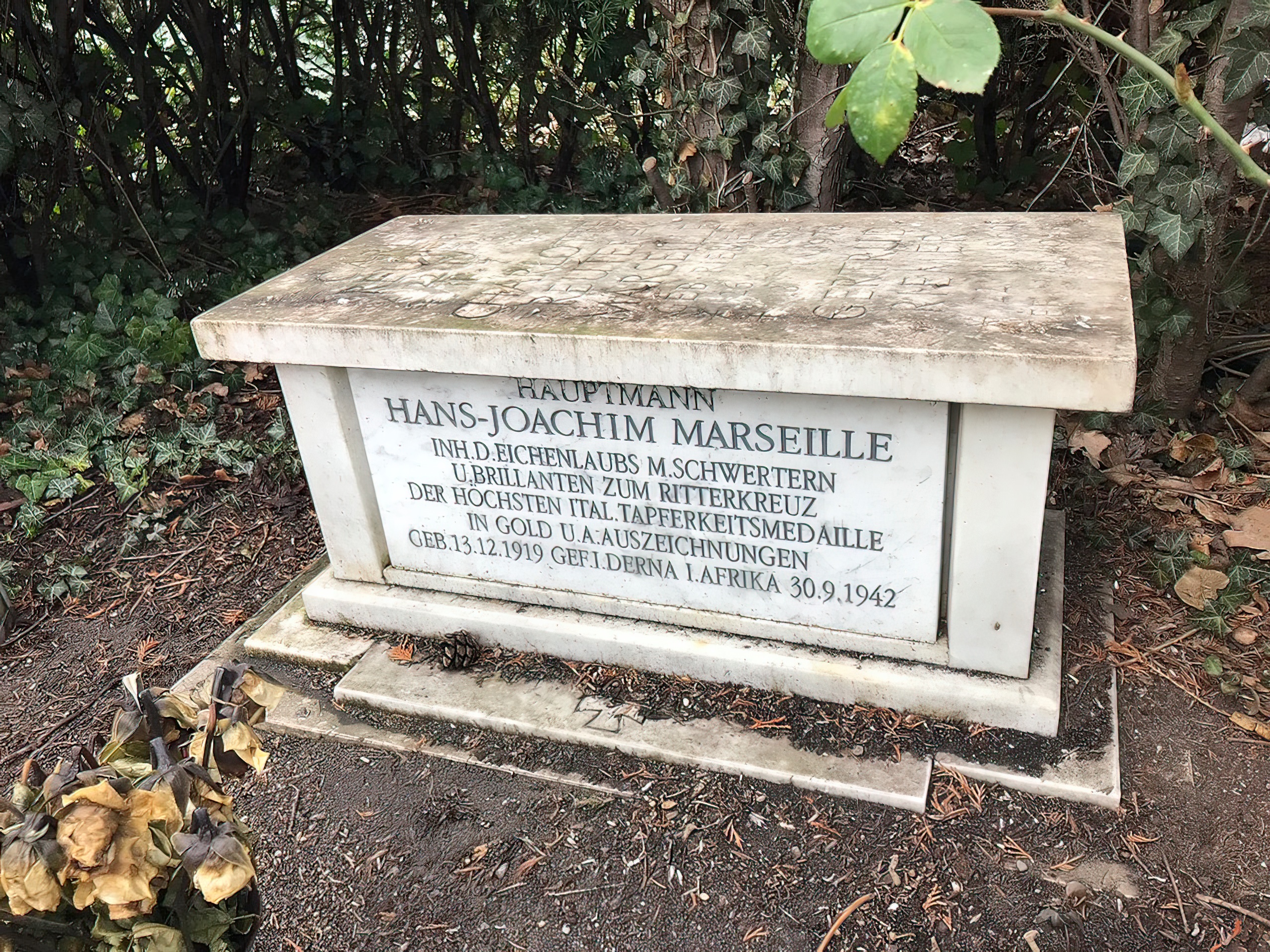
The Final Flight of Hauptmann Marseille
On the fateful day of 30 September 1942, the legend of the skies, Hauptmann Hans-Joachim Marseille, met an untimely demise, not at the hands of the enemy but due to a cruel twist of fate. Leading his Staffel on an escort mission, the aircraft he had been so wary of flying betrayed him as smoke began filling its cockpit.
Guided by his wingmen back to friendly lines, a sense of urgency permeated the airwaves. The mission controllers, including Eduard Neumann, listened intently, deciphering the grave situation unfolding above. As the landscape below flashed with recognizable landmarks signaling safety, Marseille, with great difficulty, decided to abandon his smoky cockpit. However, disaster struck as he collided with his aircraft’s vertical stabiliser during the egress, either killing him instantly or knocking him unconscious.
The desert floor would bear witness to this tragic fall. A gruesome discovery awaited those who rushed to the scene. The once invincible pilot lay motionless, his life abruptly halted at 11:42 am, as evidenced by the lifeless tick of his wristwatch. The autopsy, a somber affair, would detail the grievous injuries sustained, painting a vivid picture of the events leading to his death.
Amidst the backdrop of the relentless North African sun, Marseille was laid to rest at the Heroes Cemetery in Derna, with fellow airmen and high-ranking officials paying their respects. Investigations would later rule out foul play, attributing the crash to mechanical failure. This loss, however, would send ripples throughout the German Air Force, plunging morale to new depths. The indomitable Marseille had flown his final sortie, leaving behind a legacy that would be etched in aviation history forever.
